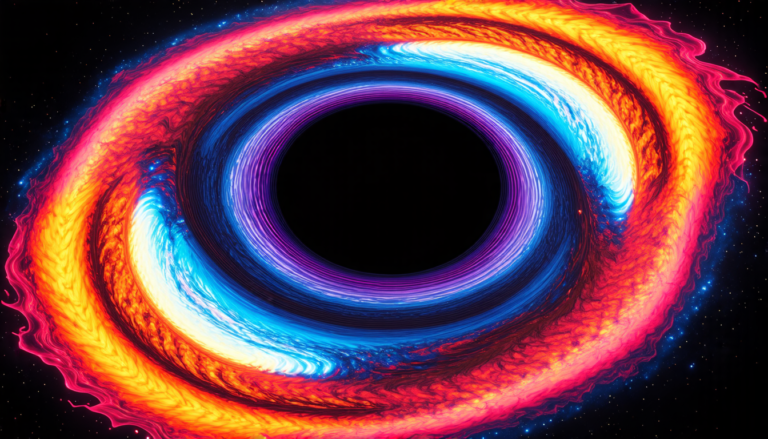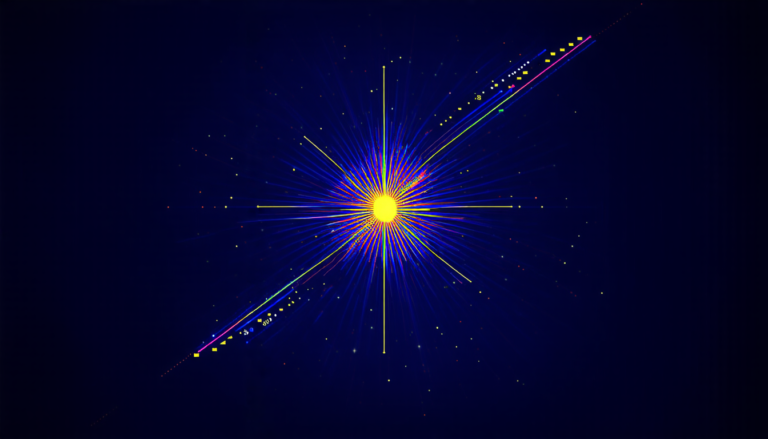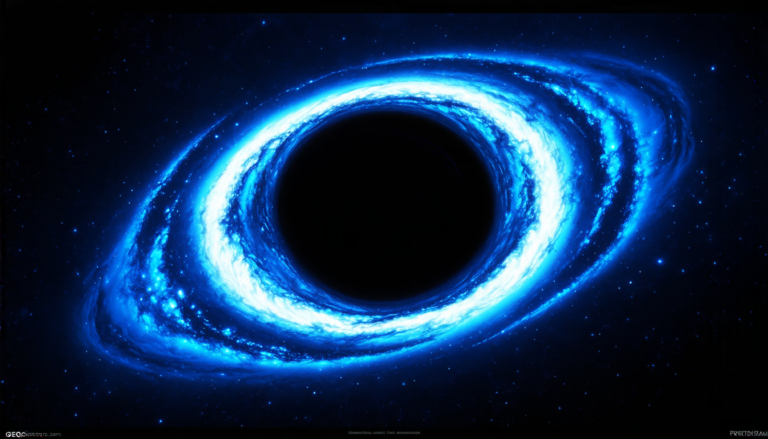Thursday 10 April 2025
A team of scientists has made a significant breakthrough in understanding the behavior of particles called rho mesons in dense nuclear matter. Rho mesons are a type of subatomic particle that plays a crucial role in the strong nuclear force, which holds protons and neutrons together inside atomic nuclei.
In recent years, researchers have been studying how rho mesons behave when they’re embedded in dense environments like neutron stars or heavy-ion collisions. These conditions mimic the extreme conditions found at the centers of stars or during the early moments after the Big Bang.
The scientists used a technique called QCD sum rules to study the behavior of rho mesons. This method involves using mathematical equations to extract information about the properties of subatomic particles from their interactions with other particles.
One key finding is that the mass of the rho meson decreases significantly when it’s immersed in dense nuclear matter. This effect, known as mass shift, has been observed before in theoretical studies, but the new research provides a more accurate and detailed understanding of this phenomenon.
The researchers also found that the width of the rho meson, which is related to its lifetime, increases in dense nuclear matter. This means that the rho meson decays faster when it’s surrounded by other particles.
These findings have important implications for our understanding of strong interactions and the behavior of subatomic particles at extreme densities. They could also help scientists better understand phenomena like neutron star cooling or the properties of exotic hadrons.
The study used a combination of theoretical calculations and data analysis to arrive at its conclusions. The researchers employed a novel approach called inverse QCD sum rules, which allows them to reconstruct the spectral function of the rho meson directly from the operator product expansion (OPE).
This method avoids making assumptions about the spectral ansatz, which is often used in conventional QCD sum rule calculations. Instead, it provides a more model-independent way of extracting information about the properties of subatomic particles.
The results of this study have important implications for our understanding of strong interactions and the behavior of subatomic particles at extreme densities. They could also help scientists better understand phenomena like neutron star cooling or the properties of exotic hadrons.
In the future, researchers hope to apply these techniques to other areas of particle physics, such as studying the properties of quark-gluon plasma or understanding the behavior of heavy ions in high-energy collisions.
Cite this article: “Unlocking the Secrets of Nuclear Matter with Quantum Chromodynamics”, The Science Archive, 2025.
Rho Mesons, Dense Nuclear Matter, Strong Nuclear Force, Qcd Sum Rules, Mass Shift, Particle Physics, Neutron Stars, Heavy-Ion Collisions, Quark-Gluon Plasma, Hadrons
Reference: Halil Mutuk, “Reappraisal of rho meson in nuclear matter by inverse QCD sum rules method” (2025).







